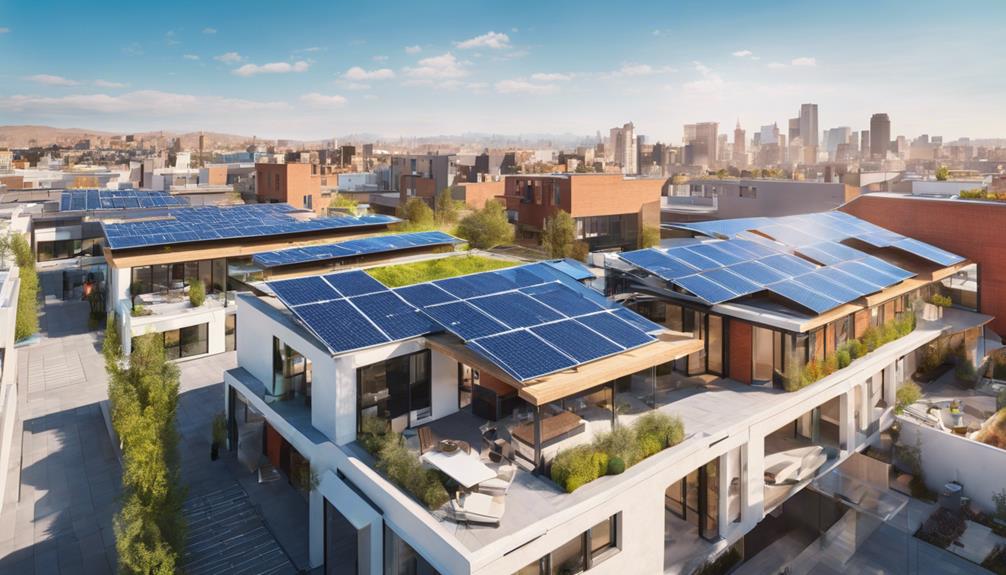
Plug-in solar panels are rapidly gaining popularity as an eco-friendly and cost-effective alternative to traditional energy sources. As the world shifts towards more sustainable energy solutions, these innovative systems offer homeowners a practical way to harness solar power without the need for extensive installation. In this guide, we will explore everything you need to know about plug-in solar panels, their benefits, installation process, and how they can save you money while reducing your carbon footprint.
What Are Plug-in Solar Panels?
Plug-in solar panels, also known as solar plug-and-play systems, are compact solar energy solutions designed for easy installation and use. Unlike traditional solar panel systems that require professional installation, these units can be set up by homeowners with minimal effort. Plug-in solar panels come with pre-assembled components, including solar panels, inverters, and mounting equipment, allowing users to simply plug the system into a standard power outlet. This user-friendly approach makes solar energy accessible to a wider audience, including those who may not have the means or desire for a full-scale solar installation.
How Do Plug-in Solar Panels Work?
The operation of plug-in solar panels is quite straightforward. These systems convert sunlight into electricity using photovoltaic (PV) cells. When sunlight hits the solar panels, the PV cells generate direct current (DC) electricity. An inverter then converts this DC electricity into alternating current (AC), which is the type of electricity used in most homes. Once converted, the electricity can be used to power household appliances or fed back into the grid, depending on local regulations and system configuration. By utilizing plug-in solar panels, homeowners can significantly reduce their reliance on grid electricity and lower their energy bills.
Benefits of Plug-in Solar Panels
One of the most significant advantages of plug-in solar panels is their affordability. Compared to traditional solar systems, which can cost thousands of dollars to install, plug-in options are more budget-friendly. They often come with a lower upfront cost, making solar energy accessible to a broader range of homeowners. Additionally, the ease of installation means you can start generating solar power almost immediately. Moreover, plug-in solar panels contribute to environmental sustainability by reducing reliance on fossil fuels, lowering greenhouse gas emissions, and promoting a cleaner planet for future generations.
Installation Process: How to Set Up Your Plug-in Solar Panels
Setting up plug-in solar panels is a straightforward process that can typically be completed in a few hours. First, identify a suitable location for the solar panels, such as a south-facing balcony or roof where they can receive maximum sunlight. Once you’ve chosen the location, follow these steps:
1. Unbox and Assemble: Carefully unbox your solar panel kit and assemble the components as per the manufacturer’s instructions.
2. Mount the Solar Panels: Use the provided mounting equipment to securely attach the solar panels to your chosen location.
3. Connect the Inverter: Connect the inverter to the solar panels to facilitate the conversion of DC electricity to AC electricity.
4. Plug Into an Outlet: Finally, plug the inverter into a standard power outlet in your home, and you’re ready to start generating solar energy!
By following these steps, you can enjoy the benefits of solar energy without the need for professional installation.
Cost Savings: How Plug-in Solar Panels Can Reduce Your Energy Bills
One of the primary motivations for homeowners to invest in plug-in solar panels is the potential for significant cost savings. By generating your own electricity, you can decrease your monthly energy bills and save money in the long run. The savings will depend on various factors, including the size of your solar system, your energy consumption, and local electricity rates. Many homeowners report saving anywhere from 50% to 100% on their electricity bills after installing plug-in solar panels. Moreover, some regions offer incentives, rebates, or tax credits for solar energy adoption, which can further offset the initial investment.
Environmental Impact of Plug-in Solar Panels
The adoption of plug-in solar panels contributes to a more sustainable future by reducing our reliance on fossil fuels and lowering greenhouse gas emissions. By generating clean, renewable energy, these systems help decrease air pollution and combat climate change. When you choose to power your home with solar energy, you are playing a crucial role in the transition to a greener economy. In addition, plug-in solar panels promote energy independence, allowing homeowners to generate their own electricity and reduce their vulnerability to fluctuating energy prices.
Choosing the Right Plug-in Solar Panel System
When selecting a plug-in solar panel system, there are several factors to consider. First, assess your energy needs and consumption patterns to determine the appropriate size of the system. Look for reputable brands that offer high-quality panels and inverters, as well as good customer service and warranties. Additionally, consider the efficiency ratings of the solar panels, as higher efficiency means more energy production in less space. Lastly, read customer reviews to gauge the performance and reliability of the products you’re considering.
Conclusion: Take the Leap into Solar Energy with Plug-in Solar Panels
Investing in plug-in solar panels is a smart choice for homeowners looking to embrace renewable energy, save on electricity bills, and contribute to a sustainable future. With their easy installation process, affordability, and environmental benefits, these systems are an excellent option for anyone interested in solar power. As technology continues to advance, plug-in solar panels are becoming more efficient and accessible, making it easier than ever to harness the sun’s energy. Whether you’re looking to reduce your carbon footprint or simply save money, now is the perfect time to explore the world of plug-in solar panels and take the first step toward energy independence.





